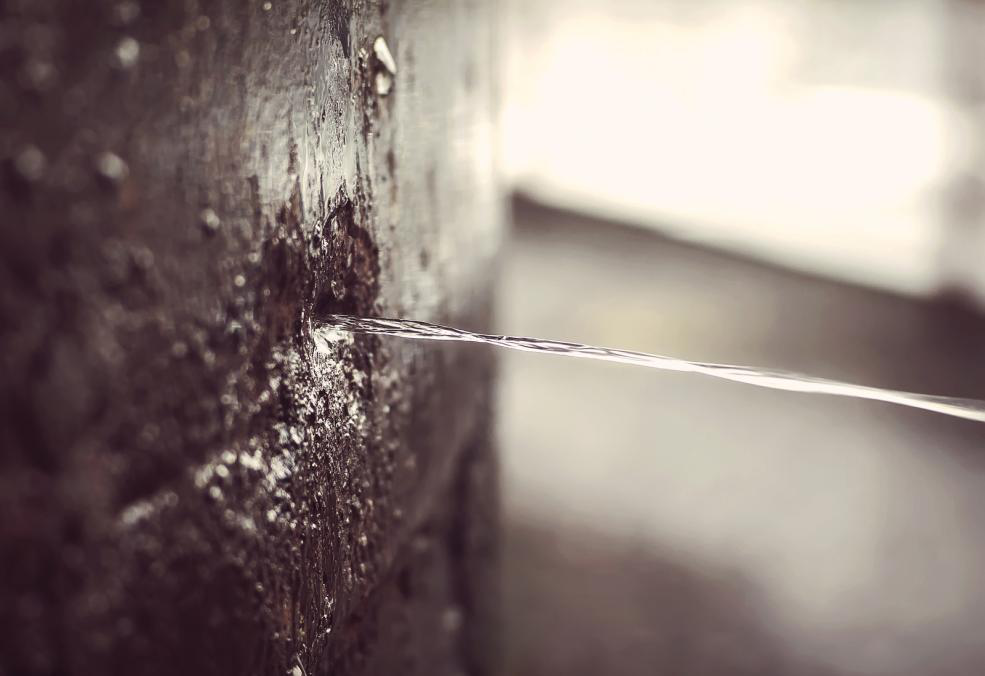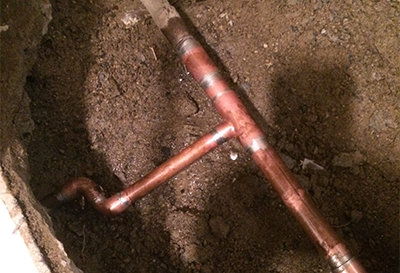Spot Invisible Water Line Leaks: 6 Clever Tricks
Spot Invisible Water Line Leaks: 6 Clever Tricks
Blog Article
Here in the next paragraph you will discover a bunch of awesome resources about Leaking water lines.

Early discovery of dripping water lines can mitigate a possible disaster. In addition to saving you cash, it will minimize the worry as well as frustration. The minute you discover a leakage, calling your plumber for repair work is the most effective solution. Nevertheless, some small water leakages may not show up. If you can not find it with your naked eyes, below are some hacks that help.
1. Check Out the Water Meter
Every house has a water meter. Examining it is a proven way that aids you uncover leaks. For beginners, turn off all the water resources. Make certain no person will certainly flush, utilize the tap, shower, run the cleaning equipment or dishwasher. From there, go to the meter and watch if it will alter. Considering that no person is utilizing it, there need to be no movements. If it moves, that indicates a fast-moving leak. If you spot no modifications, wait an hour or 2 and inspect back again. This suggests you might have a slow-moving leak that can also be underground.
2. Check Water Intake
If you spot sudden adjustments, in spite of your usage being the same, it suggests that you have leakages in your plumbing system. A sudden spike in your costs suggests a fast-moving leakage.
A consistent rise every month, even with the exact same habits, shows you have a sluggish leak that's additionally slowly intensifying. Call a plumber to thoroughly inspect your building, particularly if you really feel a cozy area on your flooring with piping underneath.
3. Do a Food Coloring Examination
30% comes from bathrooms when it comes to water usage. Test to see if they are running correctly. Decrease flecks of food color in the storage tank as well as wait 10 mins. If the shade somehow infiltrates your bowl throughout that time without flushing, there's a leak in between the container and dish.
4. Asses Exterior Lines
Do not fail to remember to inspect your outside water lines as well. Must water leak out of the connection, you have a loose rubber gasket. One little leak can waste heaps of water and also spike your water bill.
5. Evaluate the scenario and also inspect
Homeowners need to make it a practice to check under the sink counters as well as even inside closets for any bad odor or mold growth. These 2 red flags indicate a leak so timely attention is required. Doing regular inspections, even bi-annually, can save you from a significant issue.
Inspect for discolorations and also compromising as the majority of appliances and pipelines have a life span. If you think leaking water lines in your plumbing system, do not wait for it to intensify.
Early detection of dripping water lines can alleviate a prospective calamity. Some tiny water leaks may not be visible. Checking it is a surefire method that aids you uncover leakages. One little leakage can throw away loads of water and also surge your water costs.
If you believe leaking water lines in your plumbing system, don't wait for it to rise.
WARNING SIGNS OF WATER LEAKAGE BEHIND THE WALL
PERSISTENT MUSTY ODORS
As water slowly drips from a leaky pipe inside the wall, flooring and sheetrock stay damp and develop an odor similar to wet cardboard. It generates a musty smell that can help you find hidden leaks.
MOLD IN UNUSUAL AREAS
Mold usually grows in wet areas like kitchens, baths and laundry rooms. If you spot the stuff on walls or baseboards in other rooms of the house, it’s a good indicator of undetected water leaks.
STAINS THAT GROW
When mold thrives around a leaky pipe, it sometimes takes hold on the inside surface of the affected wall. A growing stain on otherwise clean sheetrock is often your sign of a hidden plumbing problem.
PEELING OR BUBBLING WALLPAPER / PAINT
This clue is easy to miss in rooms that don’t get much use. When you see wallpaper separating along seams or paint bubbling or flaking off the wall, blame sheetrock that stays wet because of an undetected leak.
BUCKLED CEILINGS AND STAINED FLOORS
If ceilings or floors in bathrooms, kitchens or laundry areas develop structural problems, don’t rule out constant damp inside the walls. Wet sheetrock can affect adjacent framing, flooring and ceilings.
https://www.servicemasterbyzaba.com/blog/how-to-detect-water-leakage-in-walls/

As a serious person who reads about Top leak detection hacks, I think sharing that piece of content was a smart idea. Are you aware of another individual who is serious about the niche? Please feel free to promote it. Thanks for your time spent reading it.
For instant relief, call. Report this page